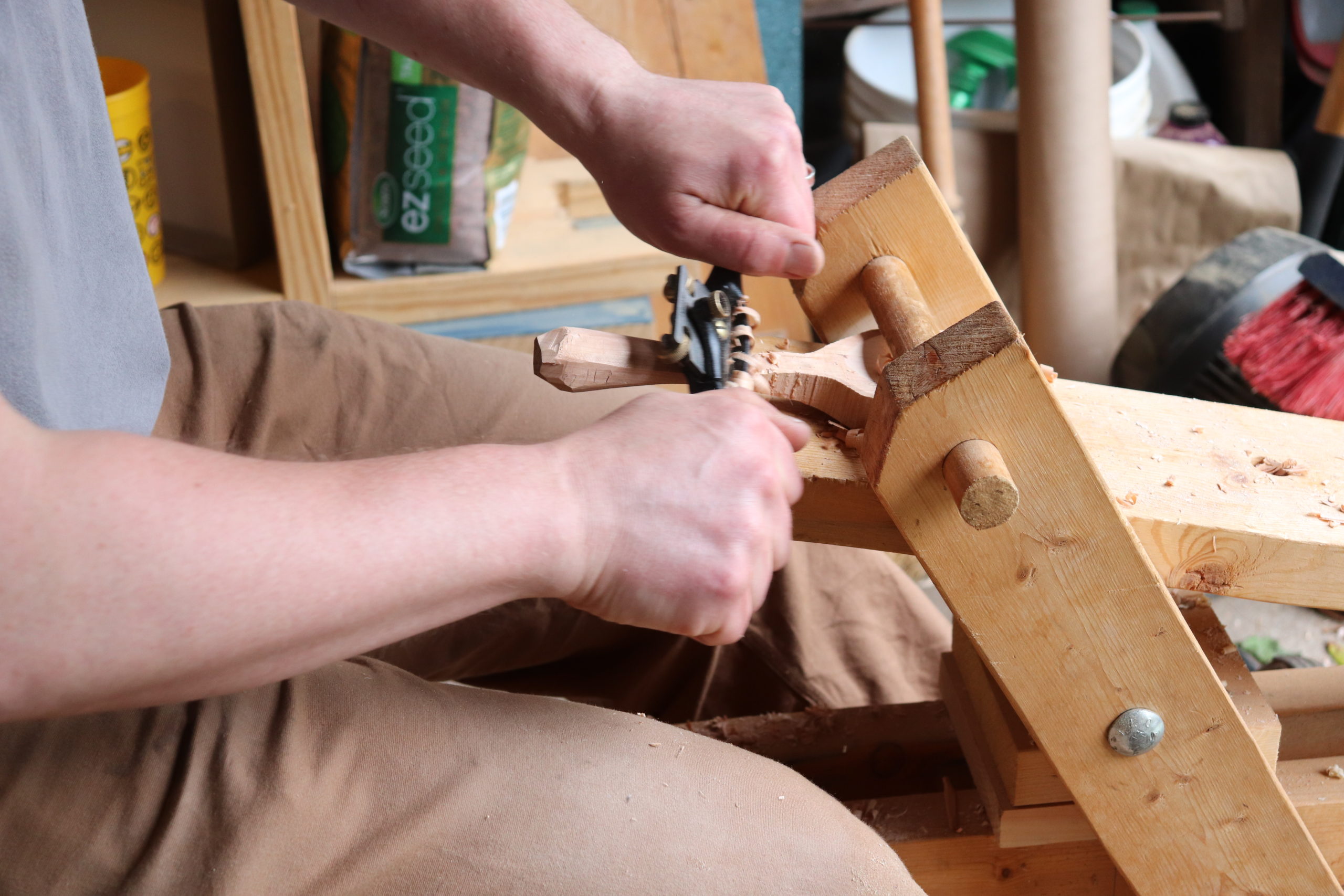
For the most part, I am a fairly practical baker. But the road to sobriety is pocked with potholes of madness. Fruitcake is one of mine.
I have always liked the idea of fruitcake. As with so many once-traditional things, I detest what it has become. And so, for years now, I have made a hobby of redeeming it.
Fruitcake used to be serious business. It has its origins in late-medieval spiced breads, whose spice and sugar alone made them suitable for festivals, and it remained expensive and laborious until the end of the nineteenth century. In Northern Europe and America, oranges, lemons, and citron had to be imported from warmer climes, and white sugar to candy them was pricey. Raisins too had to be imported, and then seeded — one at a time, by hand. Then California farmers developed seedless raisins and Florida farmers turned to citrus; by 1900 raisins were a cheap source of iron to stick in children’s food, and by the 1950s you could stock your freezer with concentrated orange juice. Industrialization made fruitcake ordinary, and dyeing glacéed cherries green and selling bricks by mail order made it a joke.
But the idea remains sound: a sweet, complex, festival cake that is both accessible to home bakers and laborious enough to be special; fruited, spiced, boozy, and completely over the top; powerfully enjoyable but easily shared, because a slice or two is probably all you need. Perfect for Christmas. In theory. How to restore it?
The first step is to candy your own citrus peel and use a mix of dried fruit for color and flavor. No technicolor goo, nothing not identifiable as food. That was easy to figure out but takes a bit of work — but hey, it’s Christmas, right?
The second step was harder to figure out but, as it happened, far easier to implement. How do you make a cake sturdy enough to hold monstrous quantities of fruit and nuts without its turning into a brick? The cake part of fruitcake is essentially a pound cake, and you need lots of eggs, but you also need something I only recognized once I’d started researching historical baking: gluten structure. Many old cakes were beaten hard after the flour, butter, and eggs were combined, and that’s what holds this fruitcake together. The method here is much the one Rose Levy Beranbaum uses in her “Perfect Pound Cake,” though it appeared decades before in a 1950 Betty Crocker cookbook (go figure). It is both an easier and a more reliable way to get all the eggs into the batter without its breaking, and the resulting crumb is about perfect.
Here, then, is real, serious fruitcake. Note that it must rest for two weeks before serving — so get started early!
